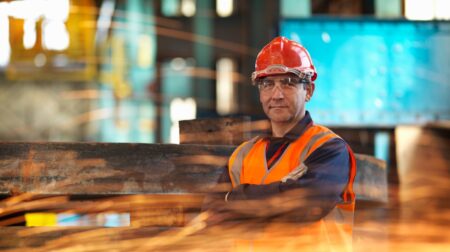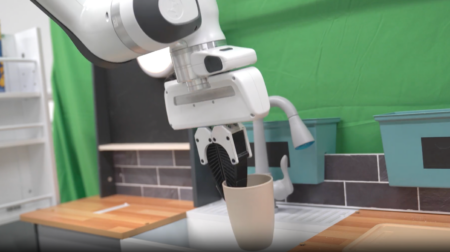German automotive OEM BMW has deployed new technology developed by 3D perception solution company Seoul Robotics to automate last-mile fleet logistics at its manufacturing facility in Munich.
Seoul Robotics’ Level 5 Control Tower (LV5 CTRL TWR) is a mesh network of sensors and computers on infrastructure that guides vehicles autonomously without requiring sensors to be placed on individual vehicles.
In addition to automotive OEMs, the system could also be used for a wide range of business applications ranging from vehicle distribution centres to car rental companies and trucking logistics.
By placing sensors equipped with 3D perception software around vehicles – such as on traffic lights, buildings, and highway overhangs – the system can fully capture the environment and communicate with other sensors and the 4/5G systems that come standard on vehicles today.
LV5 CTRL TWR collects all the 3D data and then automates vehicles accordingly using V2X communications.
“Level 5 autonomous mobility has been proven to be more challenging to achieve than expected – until now. LV5 CTRL TWR has massive potential to fuel autonomous mobility, and we are thrilled to continue expanding upon the implementation of this technology with BMW and other partners,” said HanBin Lee, CEO of Seoul Robotics.
“Ultimately, these systems will be deployed in additional public and commercial settings, powering aspects of our everyday lives, such as autonomously navigated parking and public transit.”
The collaboration with BMW, which is reportedly the largest-ever implementation of this type of technology, leverages hundreds of connected lidar and 3D sensors on infrastructure to automate newly manufactured vehicles within factories and vehicle distribution centres without human involvement.
According to Seoul Robotics, by automating this process, automotive OEMs can increase operational efficiencies and safety within automotive logistics.
LV5 CTRL TWR has been designed to automate vehicles from multiple vantage points, such as behind a truck and around corners, as well as predict trajectories, thus eliminating blind spots, a current challenge for on-vehicle lidar systems.
This capability reportedly reduces collisions and creates a more reliable process, while the system is also able to handle the movement of hundreds of vehicles simultaneously, ensuring vehicles can drive slower or take longer, safer routes to further prevent accidents.
LV5 CTRL TWR is powered by Seoul Robotics’ SENSR 3D perception software, which is said to be both sensor-agnostic and able to leverage deep learning AI for enhanced tracking, detection, and prediction capabilities within centimetre accuracies.








